I reviewed Homeworld 3 recently, and while I had a great time with the game, my overriding emotion as the credits rolled was that it was just nice to be back. Back in the cold depths of space with some very familiar-looking starships that, for 25 years now, have been the most distinctive and coolest in all of video games.
I've posted about the older games' art a lot over the years, and one of the most reassuring things I remember about Homeworld 3 when it was first revealed was that, yup, it looked just as good. That shouldn't have been a huge surprise--many of the team at developers Blackbird didn't just work on the 2016 prequel Deserts of Kharak but the original games themselves--but still. When such a huge part of your series' appeal is its iconic ship design, it was great to see that the new game's vessels were very much cast from the same mould.
Given how much I love these little (and very big) ships, I thought it would be neat for this instalment of Platform to not only showcase a bunch of art from the game, but chat with some of the artists responsible for it about the pleasantries (and challenges) of adding to the legacy of such a hallmark series.
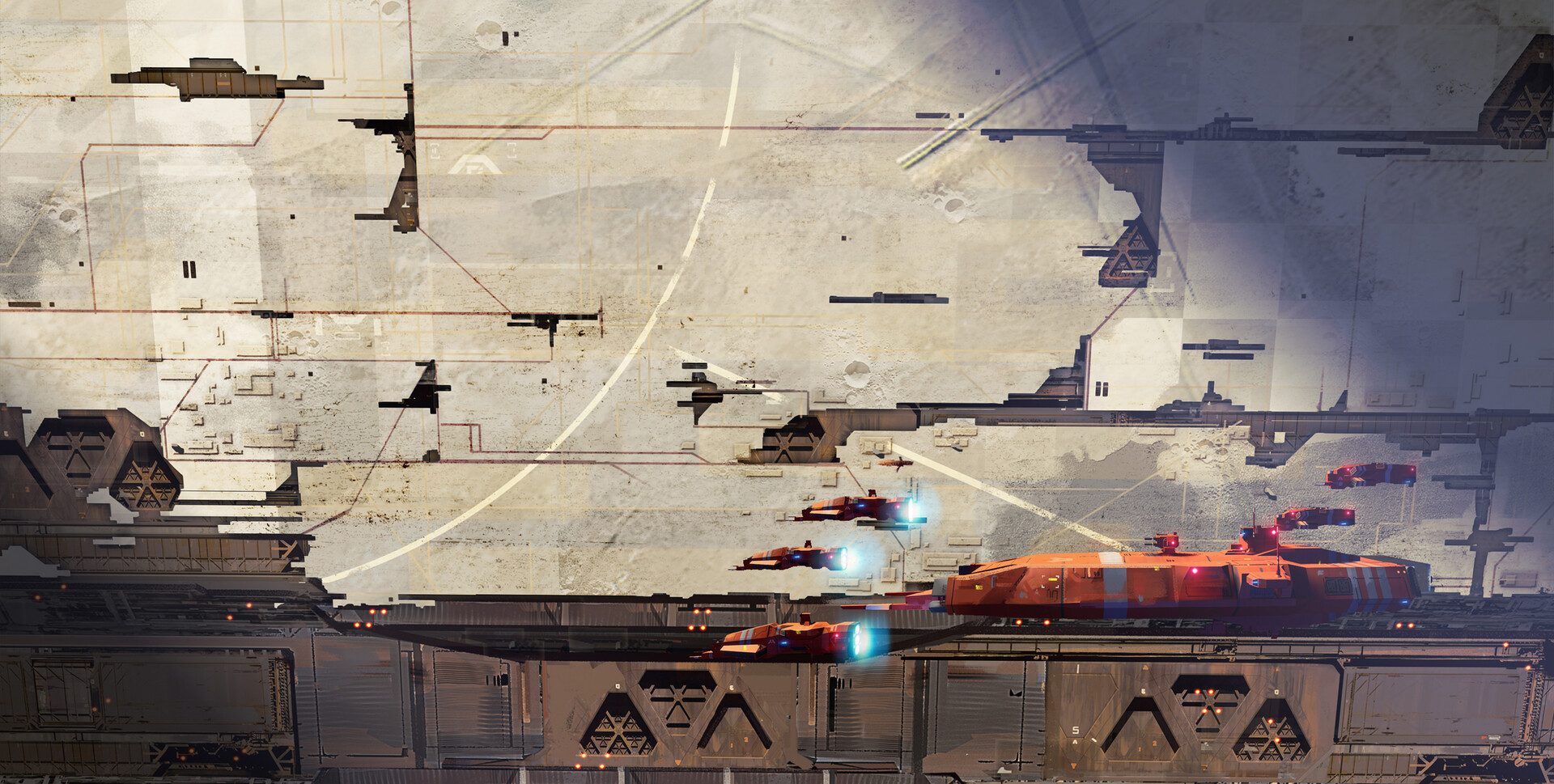
KARL GRYC
Luke Plunkett: Hi Karl! What was your role on the game, and what did that involve?
Karl Gryc: I am the Art Director for Homeworld 3. My primary responsibility is to oversee the creation of all in-game art and ensure it is aligned with the franchise's established aesthetic and future. Initially I collaborated closely with Rob Cunningham and Aaron Kambeitz (Luke's note: both artists on the original game, and Cunningham is now Blackbird's CEO) to understand and absorb their vision for the game. From there, I worked with a talented art team to bring that vision to life. I split my time between guiding the art team and personally building many of the environment locations and lighting. Ultimately, the role requires wearing many hats and having fun while creating an incredible-looking game.
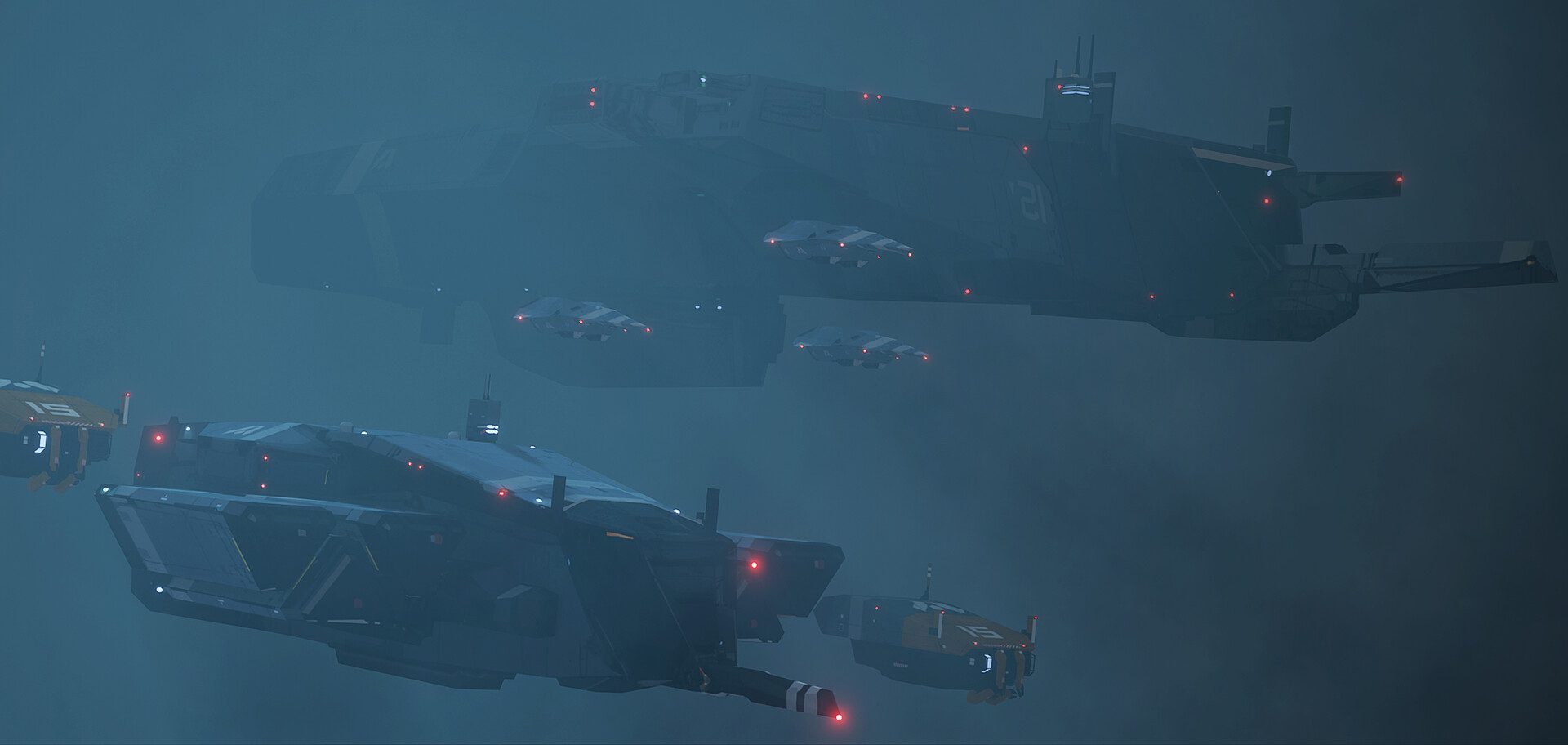
LP: What's your history with the series as a fan?
KG: This might be a familiar story. My history with Homeworld dates back to the start of my career. I remember playing the original Homeworld and being blown away by its aesthetic. At the time, it was unlike anything I had ever seen in video games, and it inspired me to take an art career seriously. Relic Entertainment was my second job out of film school, and that's where my journey with the series truly began. In those early days at Relic, I would immerse myself in the concept art created by Rob Cunningham and Aaron Kambeitz, soaking up all their experience with the series. Decades later, I was fortunate enough to work with them directly, literally in Rob’s garage, crafting a small project that eventually evolved into Deserts of Kharak.
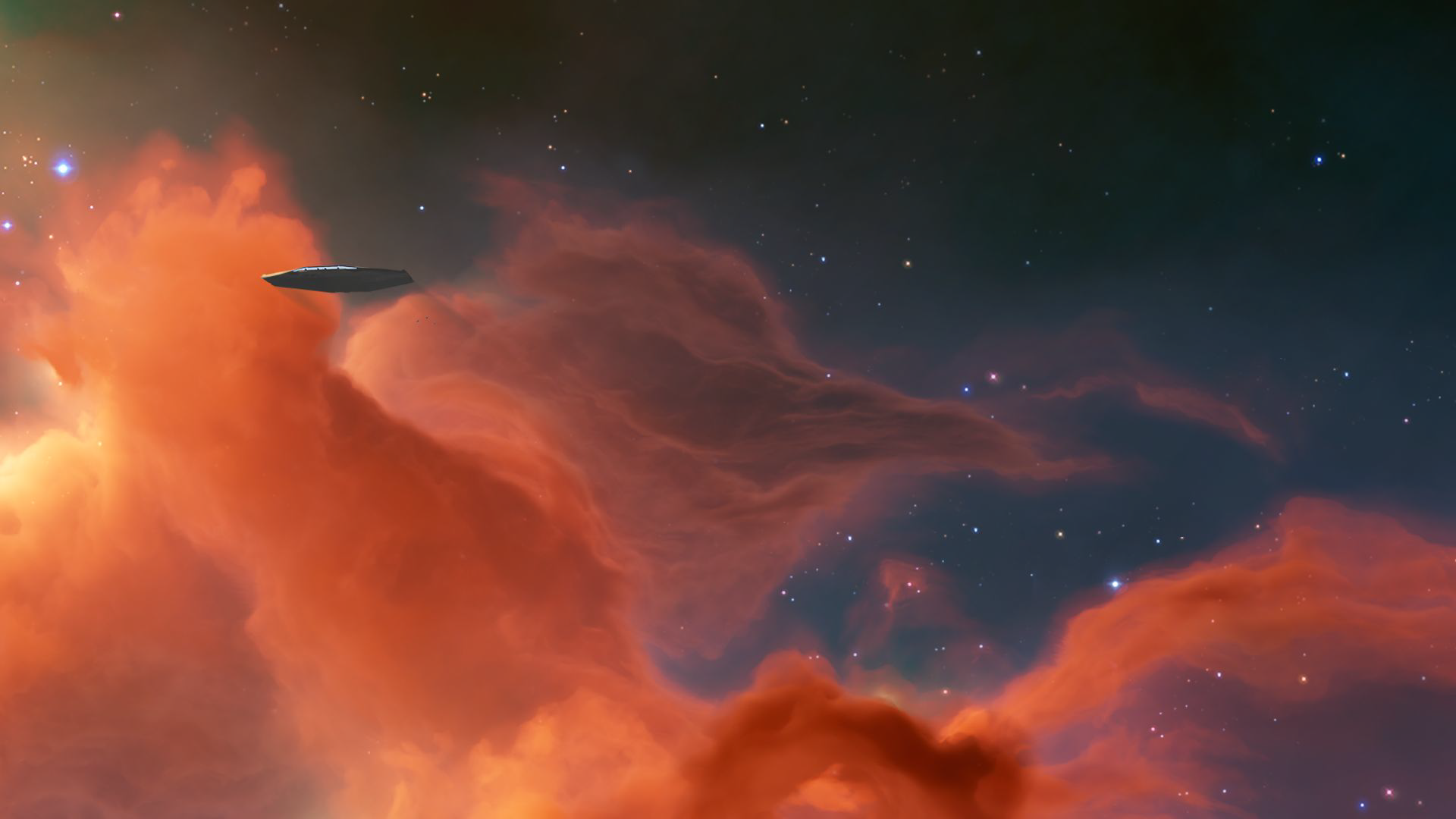
LP: Deserts of Kharak itself is now somehow eight years old. How much of your work there influenced what you came up with for Homeworld 3?
KG: It's wild to think that it's been eight years. It's incredible how vividly I remember those early days on Deserts of Kharak. It doesn't feel that long ago, and the work we did on those vehicles is still very dear to my heart. We put a lot of effort into ensuring everything felt true to scale while also being aesthetically pleasing. The shape language we developed—how shapes feel and how lines flow—had a significant influence on Homeworld 3. It was less about adhering to tropes and more about bringing life and character to mechanical designs. This approach to visual design continues to shape my work to this day.

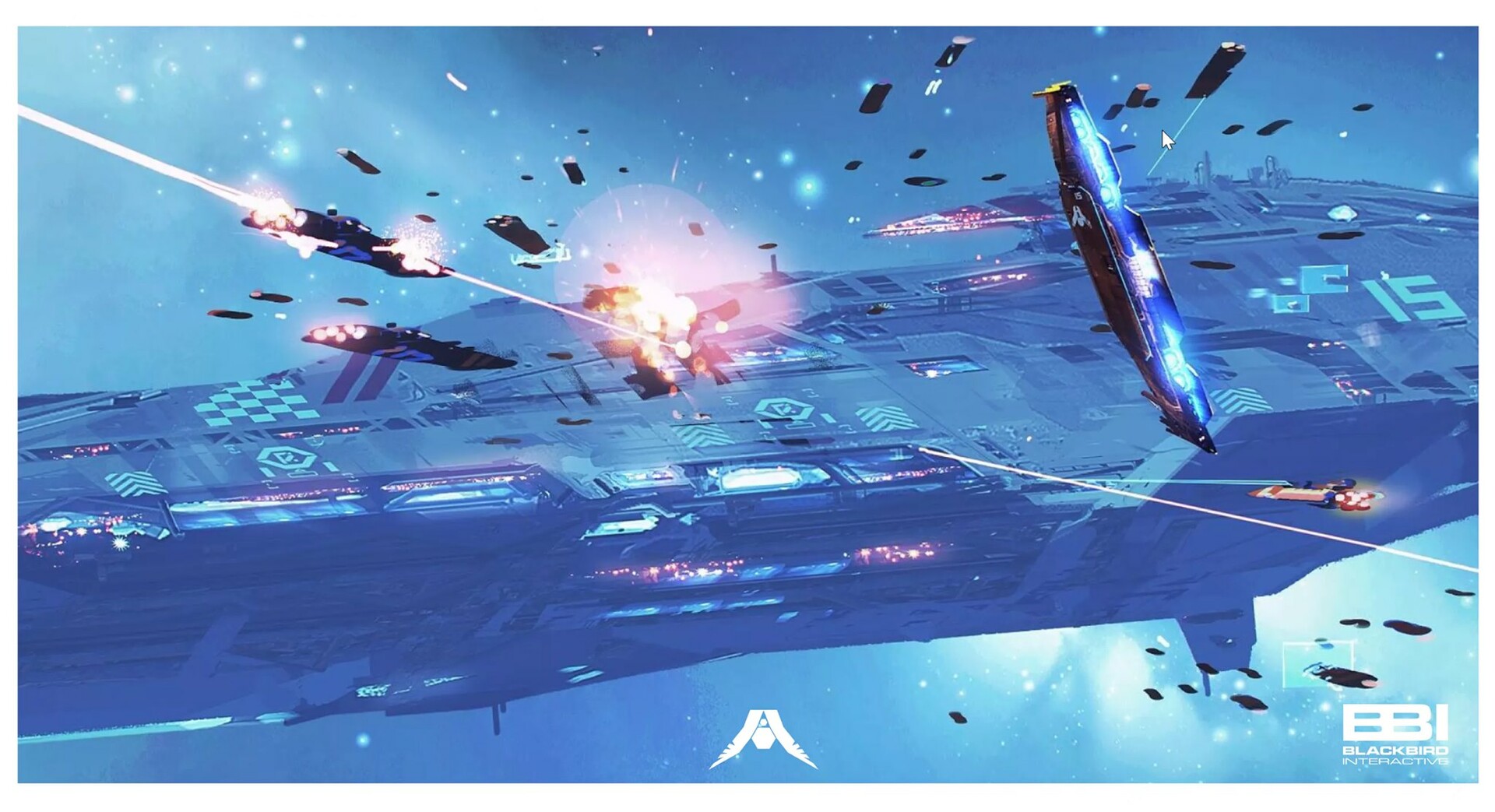
BRENNAN MASSICOTTE
LP: Hey Brennan. What was your role on the game?
BM: As a concept designer, it's usually the case at Blackbird that I hop in with Aaron Kambeitz to work on the art for the pitch and pre-production inspiration for our IPs. We had some big ideas to sell in Homeworld 3's pitch, like the flat flying wing mothership, the new stealthy ship language and space terrain. From there I mostly generated ship ideas and helped develop the fleets as they evolved over time.

LP: What's your favourite piece of work you did on Homeworld 3?
BM: The Hiigaran Destroyers turned out really nice and mean looking. The basic hull has quite an aggressive stance which makes it feel authentically military to me. I've always been a huge fan of Aaron's older resourcer units so getting to put my spin on the new ones was a dream come true.
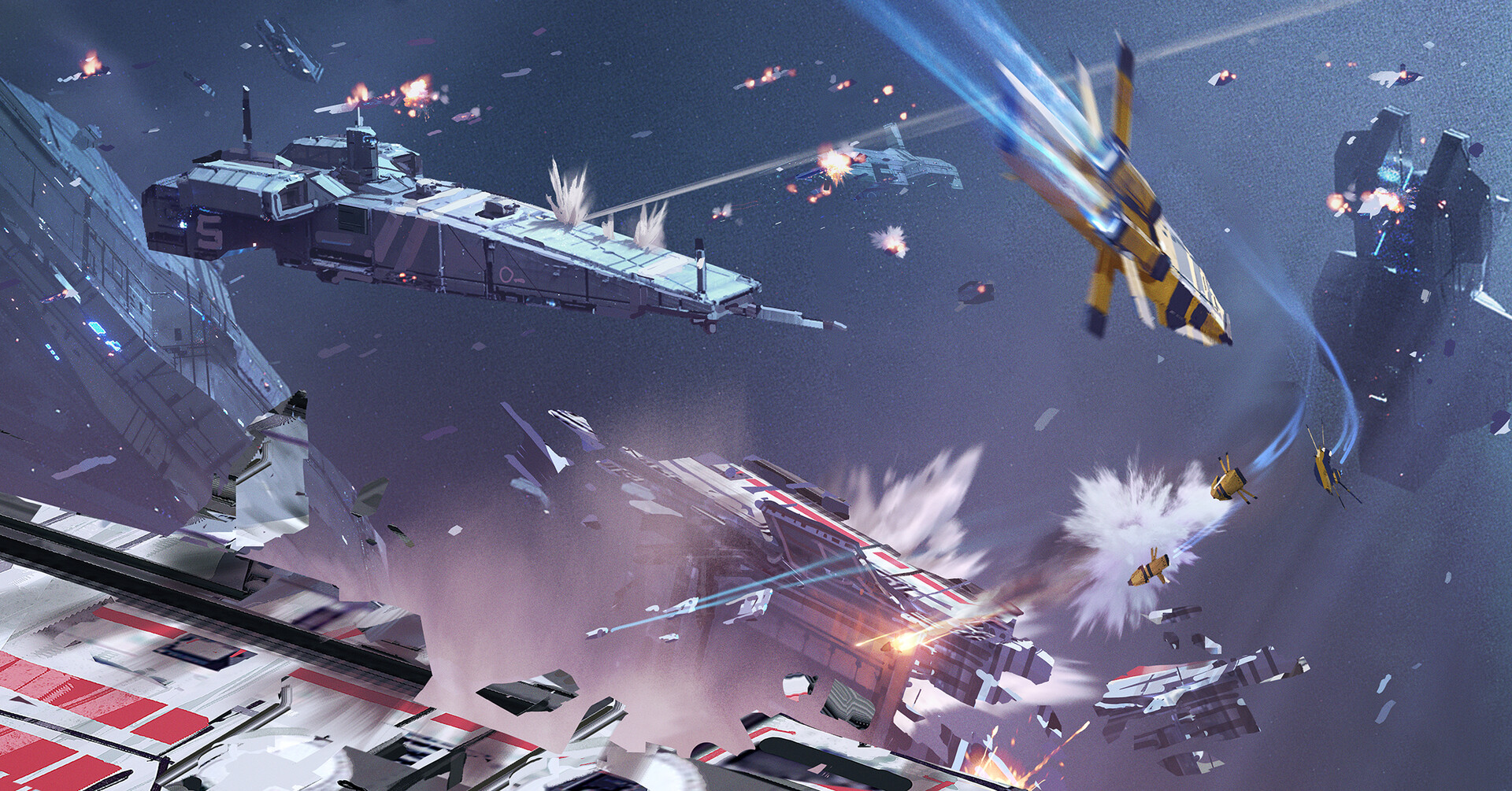
LP: What was it like trying to balance the legacy of the series' art style with the need to create new units and settings for Homeworld 3?
BM: With the ships in particular it was important to preserve enough of the overall roles and stances players expect, but bring the designs forward a few decades. To do that we tried to take the older ideas and make them sleeker and more aggressive feeling. The Mothership is a great example because it retains so much of the core idea, but feels like a flying knife chiseled out of stealth angles. Aaron has been developing and refining the style of the Homeworld ships for decades and I think we had confidence that the direction was awesome enough people wouldn’t mind some creative divergence.
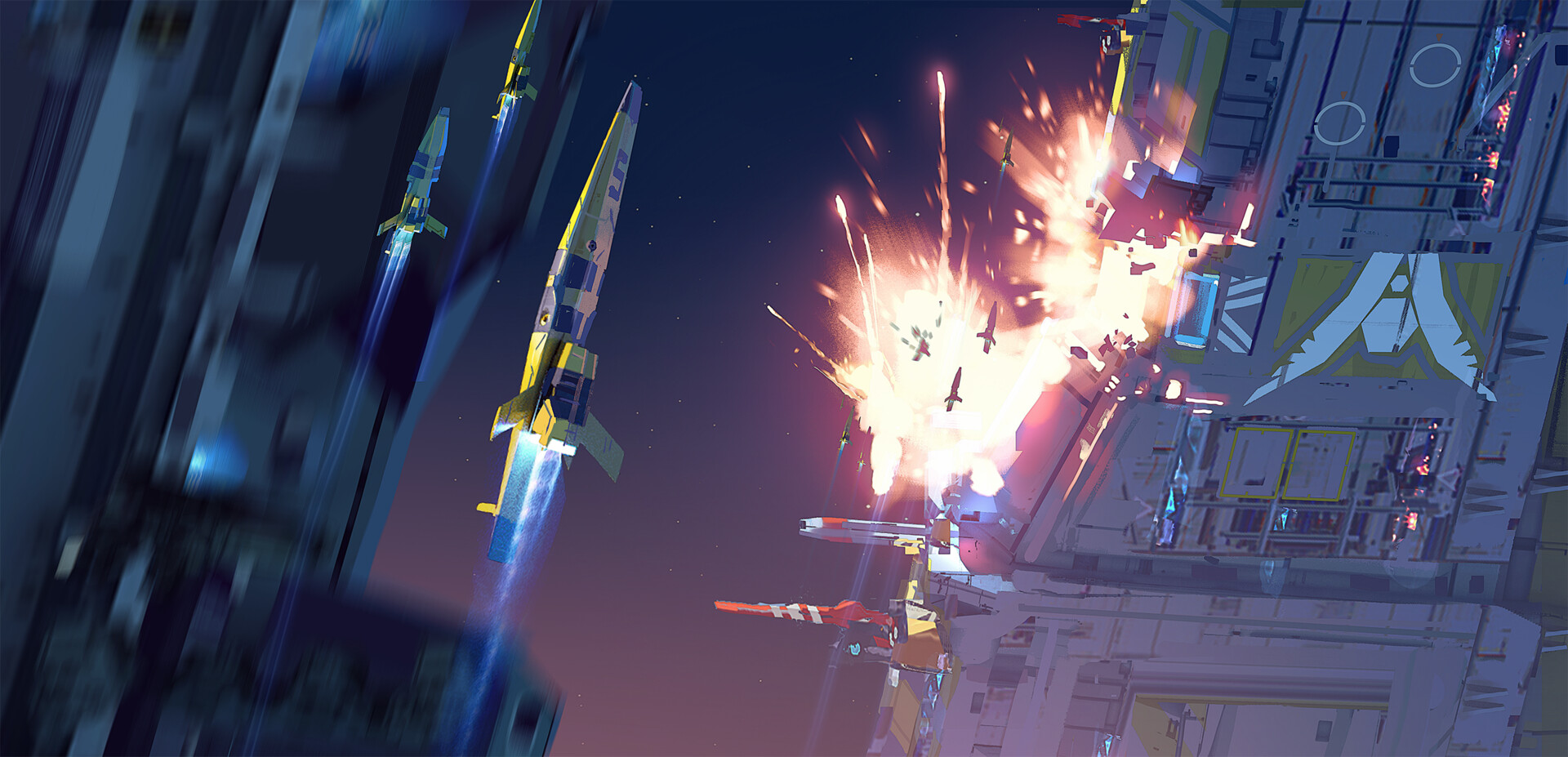
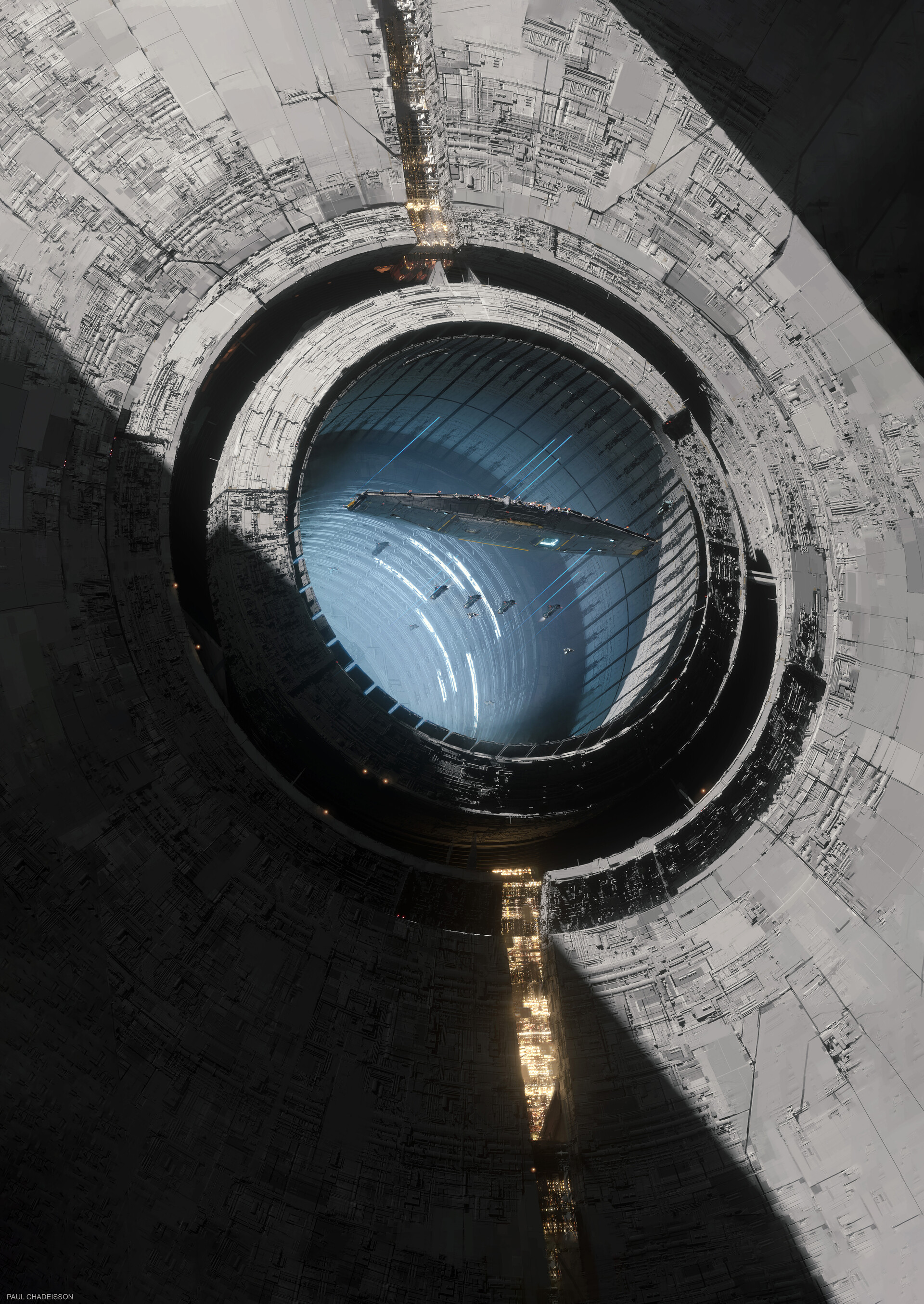
PAUL CHADEISSON
LP: Hello Paul! When did you first come onto the project, and what kind of work did you do once onboard?
PC: I first came in the project during pre-production. My initial task was to examine what some of the different missions of the game might look like. Most of Homeworld 3's levels already had some illustrations and designs done for them, but they also needed a slightly different look. It was awesome to be able to play with all of Blackbird's material, tons of concepts and designs had already been made so I just had to bounce off their existing ideas and experiment of combine with new stuff!
LP: Were you a Homeworld fan when you were younger? If so, what was it like getting the chance to work on the game now?
PC: I knew about the game when I was in college, from people in my class, they just kept talking about this "Homeworld" game, but I had no idea what it actually looked like since I had no computer at the time! Years later, when I was working on my own video game Strike Vector, my friend and programmer Cédric Lecacheur started showing me some Homeworld games, and my memories connected when I heard the title, then finally got to discover all the games! To me, Homeworld has some of the most original visuals and design; it was amazing as an artist to join such a team, and learn with the best!
LP: Like we've talked about previously, you're a big fan of stuff that's BIG. What was it like working on Homeworld, where there's so much big stuff, but that scale can sometimes be hard to portray in space?PC:
PC: Blackbird had already done a lot of visual research before I joined the project, and had found a very good balance on how to represent those megastructures in space. It was very refreshing, and opened a lot of creative gates in my own ideas for art direction. The ideas behind what you're trying to represent go on to influence everything else--the shapes, the scale, the texture--and you need to make sure everything makes sense. Focusing on just doing something at a big scale is not an easy thing to do; rather, you need to find the appropriate shape and scale to a specific design, try to have something that makes sense.
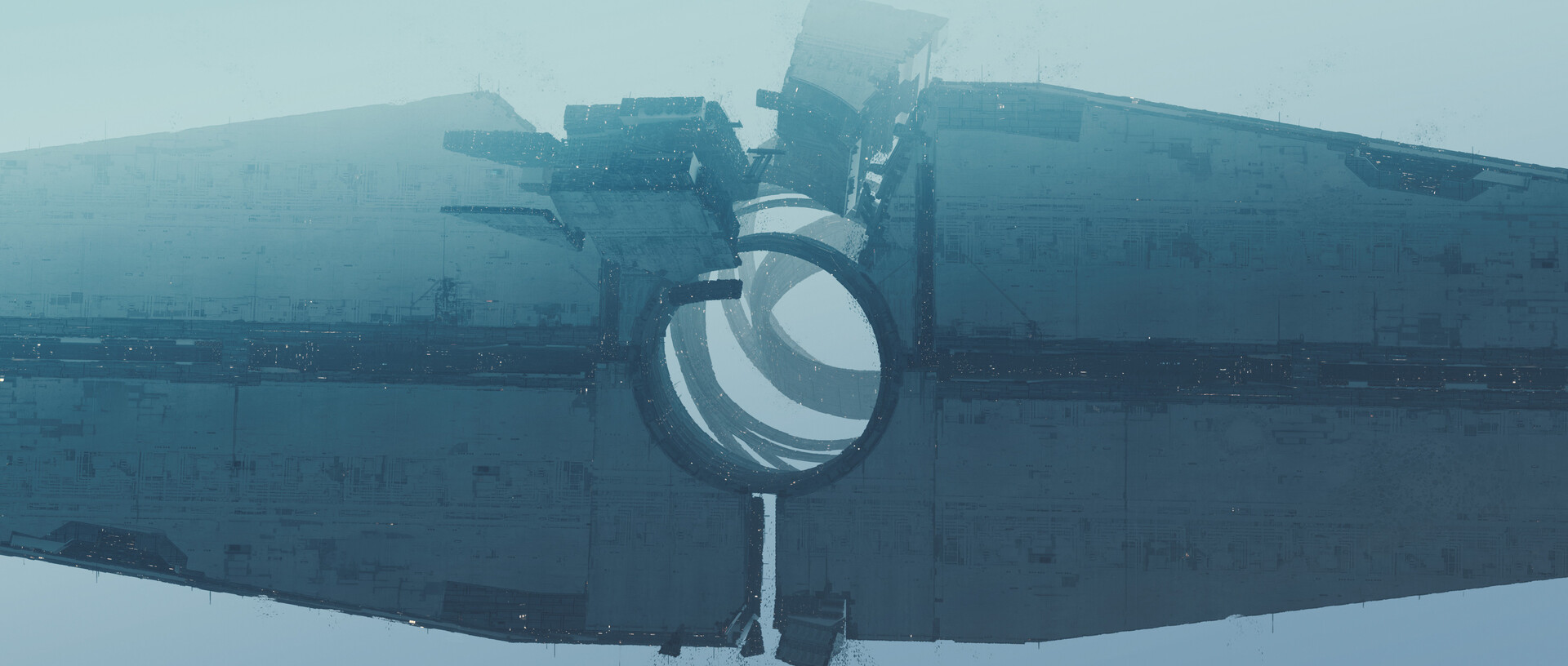
'Showcase' is a feature highlighting the work of artists in and around the video game industry. You can see more, for stuff like Wild Bastards, Blue Eye Samurai and beyond, here:



